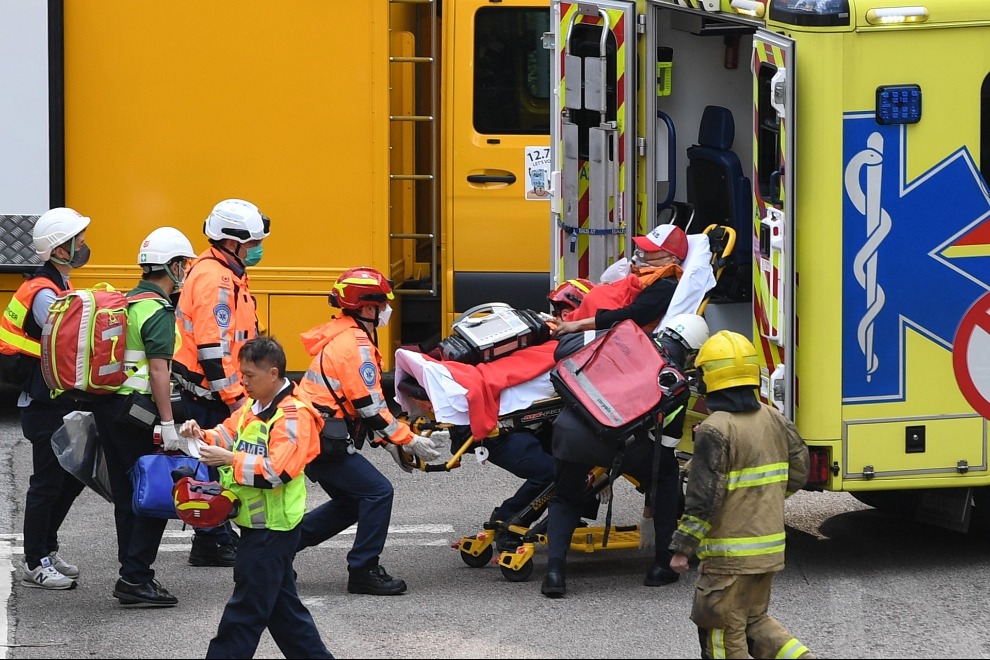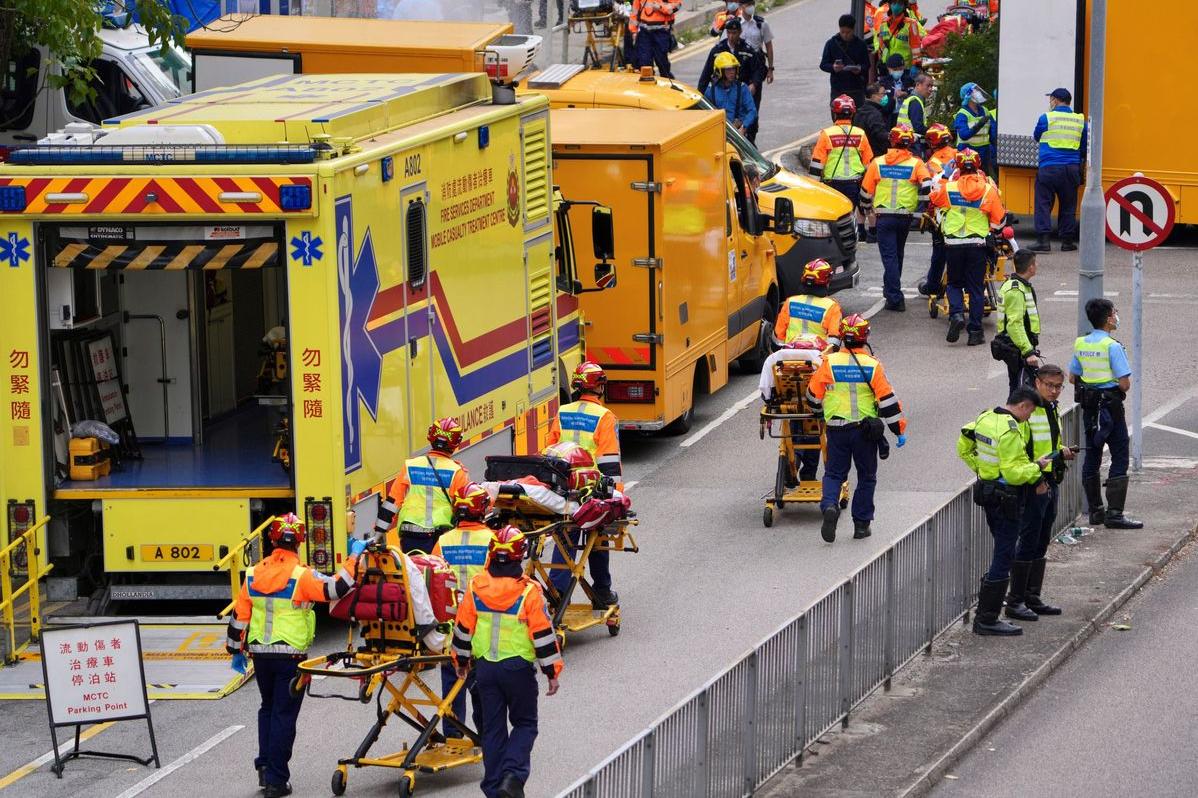Two crews set for Tiangong station in '23
By ZHAO LEI | chinadaily.com.cn | Updated: 2023-02-16 00:07

China will launch two crews to work on its Tiangong space station this year, according to the China Manned Space Agency.
The agency published schedules for the Shenzhou XVI and XVII mission crews on Wednesday, saying that the Shenzhou XVI team will leave for the Tiangong station in May while their counterparts in the Shenzhou XVII mission will fly to the massive orbiting outpost in October.
Both crews will consist of three astronauts and will be launched into space by Long March 2F carrier rockets from the Jiuquan Satellite Launch Center in northwestern China. They are scheduled to work at the Tiangong station for six months, where they will conduct spacewalks, scientific and technological tasks, and educational lectures, according to the agency.
In addition, the Tianzhou 6 robotic cargo spaceship will dock with Tiangong in May to transport necessities for the crew, as well as space suits, experimental payloads, spare parts and fuel.
Pang Zhihao, an expert on space exploration technology and a renowned writer on human spaceflight, said that starting from the Shenzhou XV mission, Chinese astronauts will spend more time on scientific experiments and technological tests, which are the main tasks for Tiangong.
"The government has made it clear that the space station is a 'national space-based laboratory' dedicated to science and technology. Compared with their predecessors who were mainly tasked with building and testing the station, astronauts in the coming flights will focus on science and technology work," said Pang, who was a researcher at the China Academy of Space Technology.
Nine joint science projects from 17 other nations have been selected to be carried out aboard Tiangong, and the first ones are expected to be conducted by the crew of the Shenzhou XV or XVI missions.
"The composition of future flight crews will also be different from the current all-military pilot teams. There will be scientists who have been selected as members of China's third generation of astronauts, and they are undergoing extensive training," Pang said.
According to the manned space agency, the 18 new astronauts — 17 men and one woman — are in three groups: seven spacecraft pilots, seven spaceflight engineers and four payload specialists. They are training at the Astronaut Center of China in Beijing, and program officials said that some of them will make their debut flight this year.
In another development, the agency on Wednesday invited the public to submit logos for the Shenzhou XVI, Shenzhou XVII and Tianzhou 6 missions.
The Tiangong station now consists of the Tianhe core module, the Wentian and Mengtian science labs, the Shenzhou XV crew spacecraft and the Tianzhou 5 cargo ship.
























